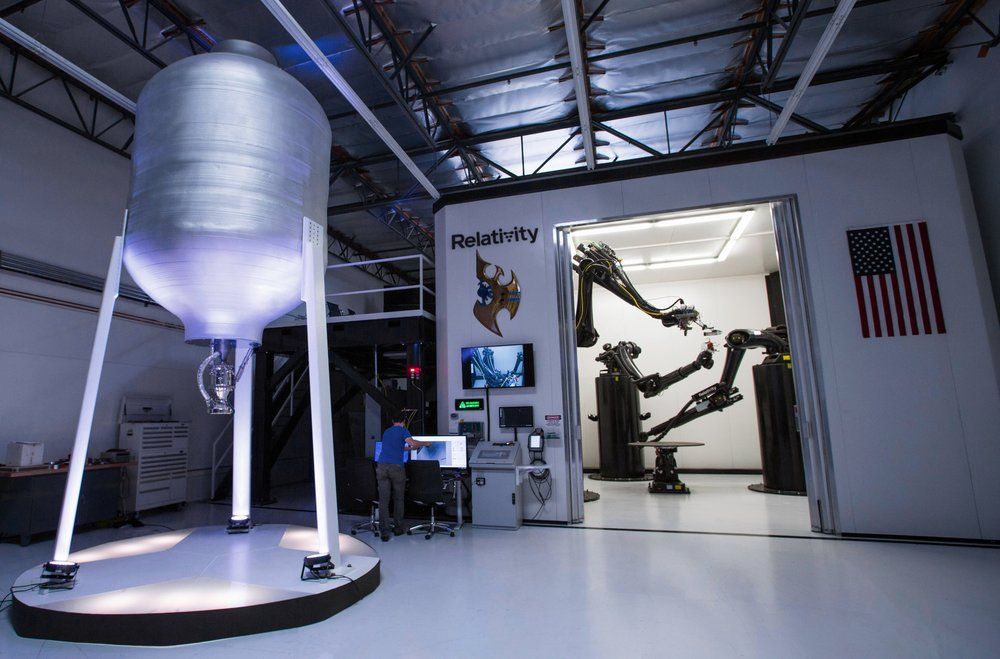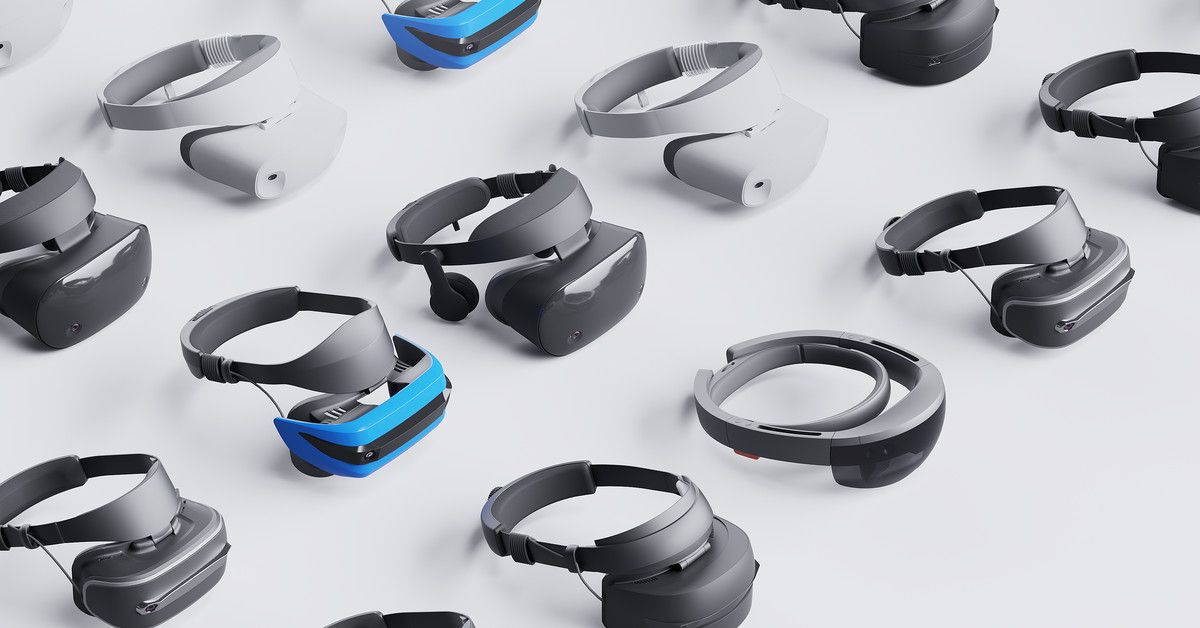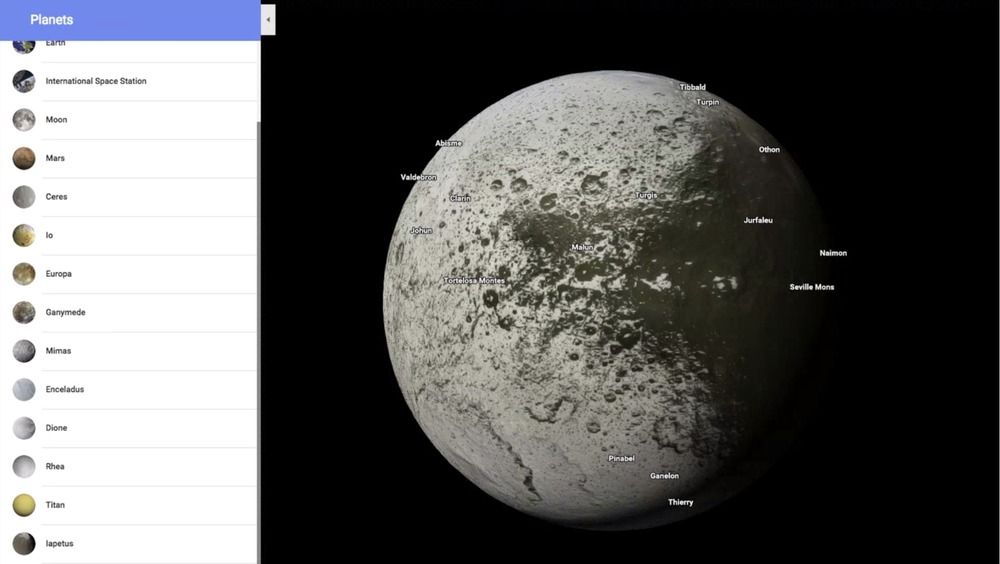Exercise is a sensible part of any personal health strategy, and a new study suggests that even low levels of walking are associated with lower mortality compared to inactivity[1].
U.S. public health guidelines recommend that adults engage in at least 150 minutes of moderate or 75 minutes of intense exercise per week. However, surveys show that only half of U.S. adults actually reach this ideal target level of activity. Worse than that, older adults are even less likely to reach these recommendations, with only 42% of people between the ages of 65 and 74 and 28% of people age 75 or over meeting this goal.
Walking is a great choice for exercise, as it is low impact, convenient, free to do, and requires no special equipment. It is the most common kind of physical activity and is associated with a lower risk of heart disease and diabetes. While there are many studies that have focused on moderate to intense physical activity and mortality, there are considerably fewer studies looking at walking.









